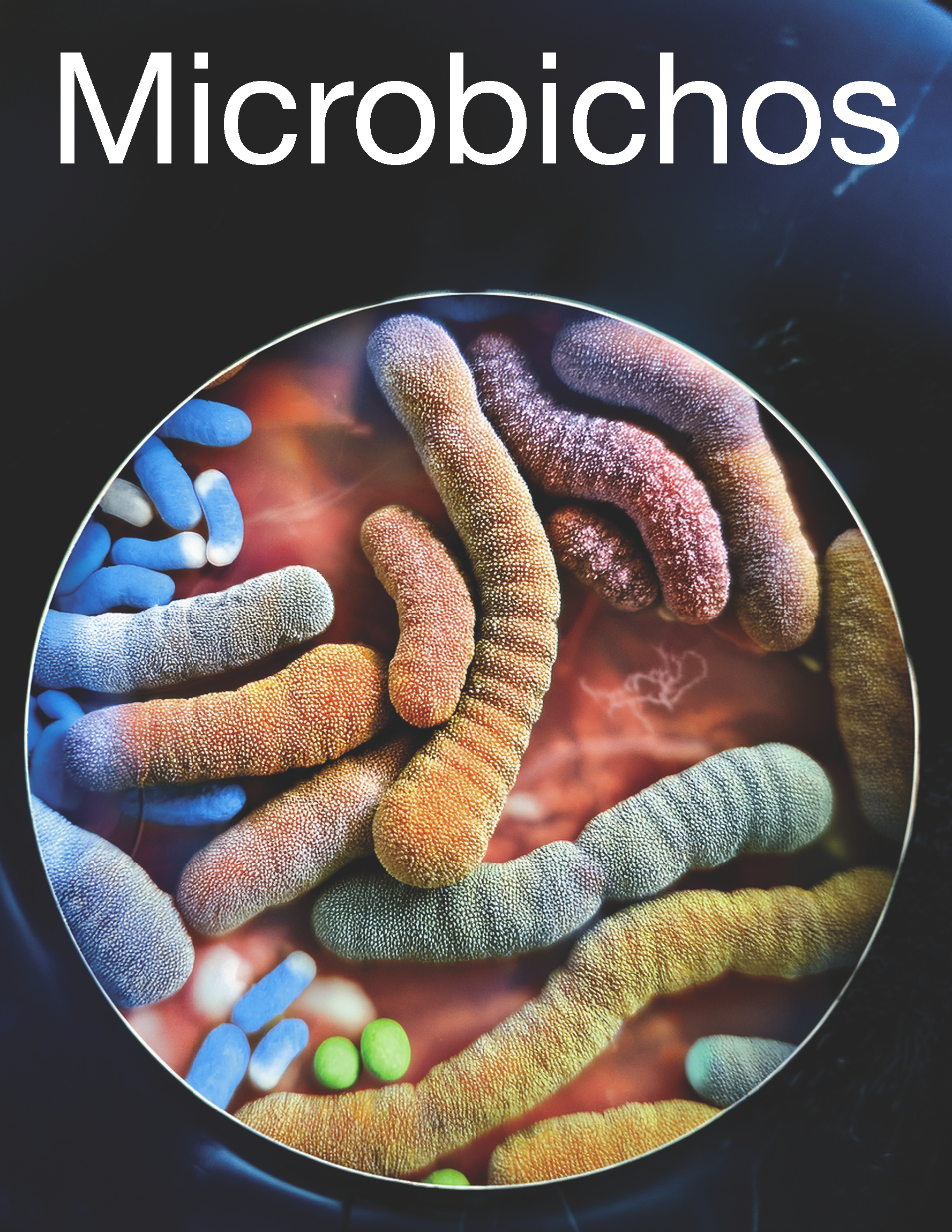The oral microbiome: The invisible ecosystem that impacts your health
Keywords:
Disease, Microbiome, Oral cavityAbstract
The microorganisms of the human microbiome are a community that is more diverse, variable, and important than we know. Within the oral cavity, they serve as protective entities against external pathogens but can also contribute to the development of oral diseases and trigger systemic illnesses. It is well known that sugar-rich diets favor acidogenic species such as S. mutans, involved in the onset of caries. Even lifestyle habits can influence the development of diseases such as oral cancer. This highlights the importance of maintaining good oral hygiene habits (such as tooth brushing), as well as a balanced and low-sugar diet.
References
Althani, A. A., Marei, H. E., Hamdi, W. S., Nasrallah, G. K., El Zowalaty, M. E., Al Khodor, S., Al-Asmakh, M., Abdel-Aziz, H., Cenciarelli, C. (2016). Human Microbiome and its Association With Health and Diseases. Journal of Cellular Physiology, 231(8), 1688–1694. https://doi.org/10.1002/jcp.25284
Dewhirst, F. E., Chen, T., Izard, J., Paster, B. J., Tanner, A. C., Yu, W. H., Lakshmanan, A., Wade, W. G. (2010). The human oral microbiome. Journal of bacteriology, 192(19), 5002-5017. https://doi.org/10.1128/jb.00542-10
Verma, D., Garg, P.K. & Dubey, A.K. (2018). Insights into the human oral microbiome. Arch Microbiol 200, 525–540. https://doi.org/10.1007/s00203-018-1505-3
Adler, C. J., Dobney, K., Weyrich, L. S., Kaidonis, J., Walker, A. W., Haak, W., Bradshaw, C. J. A., Townsend, G., Sołtysiak, A., Alt, K. W., Parkhill, J., Cooper, A. (2013). Sequencing ancient calcified dental plaque shows changes in oral microbiota with dietary shifts of the Neolithic and Industrial revolutions. Nature genetics, 45(4), 450-455. https://doi.org/10.1038/ng.2536
Rajasekaran, J. J., Krishnamurthy, H. K., Bosco, J., Jayaraman, V., Krishna, K., Wang, T., Bei, K. (2024). Oral Microbiome: A Review of Its Impact on Oral and Systemic Health. Microorganisms, 12(9), 1797. https://doi.org/10.3390/microorganisms12091797
Pizarro, M. C., & Lillo, O. C. (2014). La caries dental: una enfermedad que se puede prevenir. Anales de Pediatría Continuada, 12(3), 147-151. https://doi.org/10.1016/s1696-2818(14)70184-2
Silva, M. L., Diz-Iglesias, P., Seoane-Romero, J., Quintas, V., Méndez-Brea, F., & Varela-Centelles, P. (2016). Actualización en medicina de familia: patología periodontal. Medicina de Familia SEMERGEN, 43(2), 141-148. https://doi.org/10.1016/j.semerg.2016.02.005
Laumen, J., Van Dijck, C., Manoharan-Basil, S., De Block, T., Abdellati, S., Xavier, B., Malhotra-Kumar, S., & Kenyon, C. (2024). The effect of daily usage of Listerine Cool Mint mouthwash on the oropharyngeal microbiome: a substudy of the PReGo trial. Journal Of Medical Microbiology, 73(6). https://doi.org/10.1099/jmm.0.001830

Downloads
Published
How to Cite
Issue
Section
License
Copyright (c) 2025 Revista de divulgación científica iBIO

This work is licensed under a Creative Commons Attribution-NonCommercial-NoDerivatives 4.0 International License.
Self-archiving or deposit of the works in their post-publication version (editorial version) is permitted in any personal, institutional or thematic repository, social or scientific networks. The above applies from the moment of publication of the article in question on the website of the Revista de divulgación científica iBIO.




